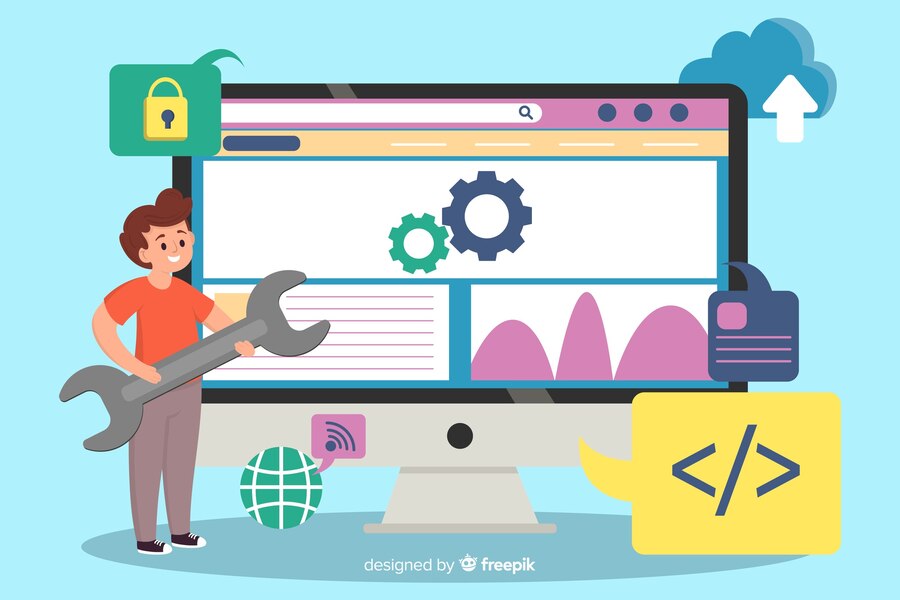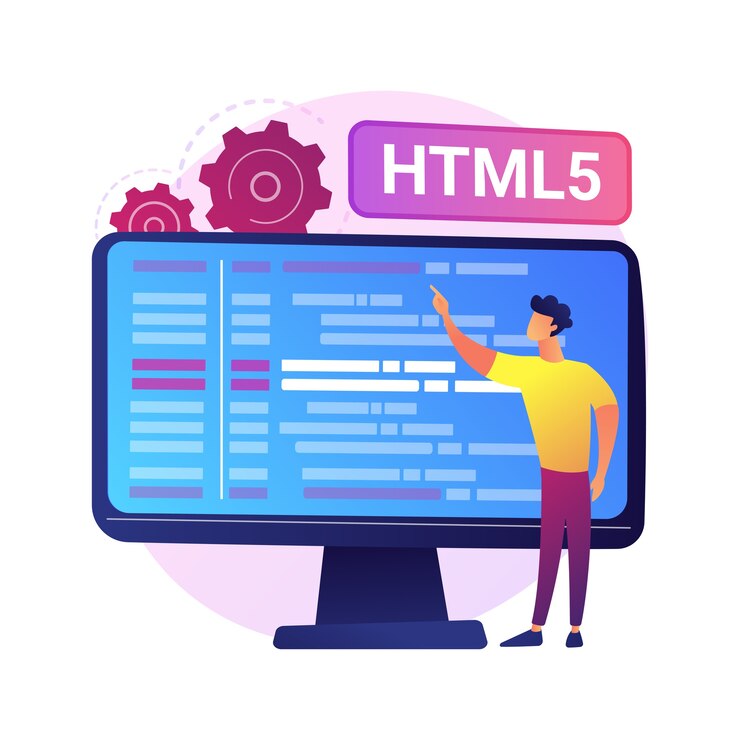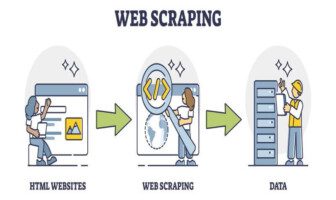
In web development, two fundamental technologies play critical roles: PHP vs HTML. While both are essential for creating web applications, they serve distinct purposes and are often used together to achieve dynamic and interactive websites.
In this blog, we will delve into the roles of HTML and PHP in web development, comparing their features, use cases, and how they complement each other in creating compelling web experiences. Also, we’ll explore the significance of attending Programming Courses for a deep understanding of these.
Table of Contents
- Understanding HTML and Its Role in Web Development
- The Role of PHP in Web Development
- Comparing HTML and PHP
- The Complementary Roles of HTML and PHP
- HTML: The Backbone of Web Pages
- PHP: Enabling Dynamic Web Pages
- Conclusion
Understanding HTML and Its Role in Web Development

The standard language used to build web pages is called HTML, or HyperText Markup Language. It uses a markup system that specifies components like headers, paragraphs, photos, links, and more to give the structure and content of a web page. Because HTML is a static language, the text it generates stays the same unless a developer makes manual changes.
Every web page is built on HTML, which gives browsers the fundamental organization and design they need to present content. As the basis for comprehending the structure of web pages and the interactions between various parts, it is an essential ability for anybody entering the area of web development.
The Role of PHP in Web Development
On the other hand, dynamic web pages are made using PHP, a server-side programming language. PHP enables programmers to design web pages that can process forms, communicate with databases, and carry out other server-side processing functions, in contrast to HTML, which is static. Because of this, PHP is a necessary tool for developing dynamic, interactive websites.
PHP’s ability to embed straight into HTML is one of its primary characteristics, which enables developers to easily combine PHP and HTML code. This enables the server-side execution of PHP code before the page is transmitted to the client’s browser, making it simple to develop web pages with static and dynamic content.
Comparing HTML and PHP

While HTML and PHP are necessary for web development, their functions and capabilities make them more suited for various work. Web pages are created using HTML for their structure and content, while PHP is utilized to provide those pages with dynamic capability.
The markup language specifies an HTML page’s structure and content. Tags define headers, paragraphs, photos, links, and more. Because HTML is a static language, the text it generates stays the same unless a developer makes manual changes.
On the other hand, dynamic web pages are made using PHP, a server-side programming language. It enables programmers to include PHP code straight into HTML, enabling the development of web pages that process forms, communicate with databases, and carry out other server-side processing functions. PHP is a strong tool for developing dynamic and interactive web applications.
The Complementary Roles of HTML and PHP
PHP and HTML are often used in tandem in web development to produce dynamic, interactive web pages. HTML provides a web page’s fundamental structure and content, while its dynamic functionality—which adds interactivity—is added by PHP.
For instance, PHP would be used to obtain data from the database and show it on the website, while HTML would be used to design the page’s layout for a database display. Similarly, HTML would be used to construct a web form that gathers user input and sends it to a server; PHP would then be used to interpret the form data and perform the necessary action.
HTML: The Backbone of Web Pages

HyperText Markup Language, or HTML, is the base language of all websites. Using a markup system specifying components like headers, paragraphs, pictures, links, and more provides the fundamental structure and content for web pages. Because HTML is a static language, the material it generates stays unaltered unless a developer edits it manually. HTML is essential for comprehending the structure of web pages and the interactions between various parts, even if it is static.
PHP: Enabling Dynamic Web Pages
PHP is a server-side scripting language used to build dynamic web pages instead of HTML. It enables programmers to design web pages that process forms, communicate with databases, and perform server-side processing functions. PHP may easily be embedded into HTML to create web pages with both dynamic and static information. Because of its dynamic nature, PHP is vital for developing responsive and interactive web applications.
Conclusion
PHP and HTML are both crucial tools for web development. Although they have diverse uses, they often complement one another to produce dynamic and interactive websites. HTML provides a web page’s structure and content, while PHP adds its dynamic functionality. Anyone who wants to create cutting-edge, entertaining, and productive online apps must comprehend how HTML and PHP interact.
Read Also:




























